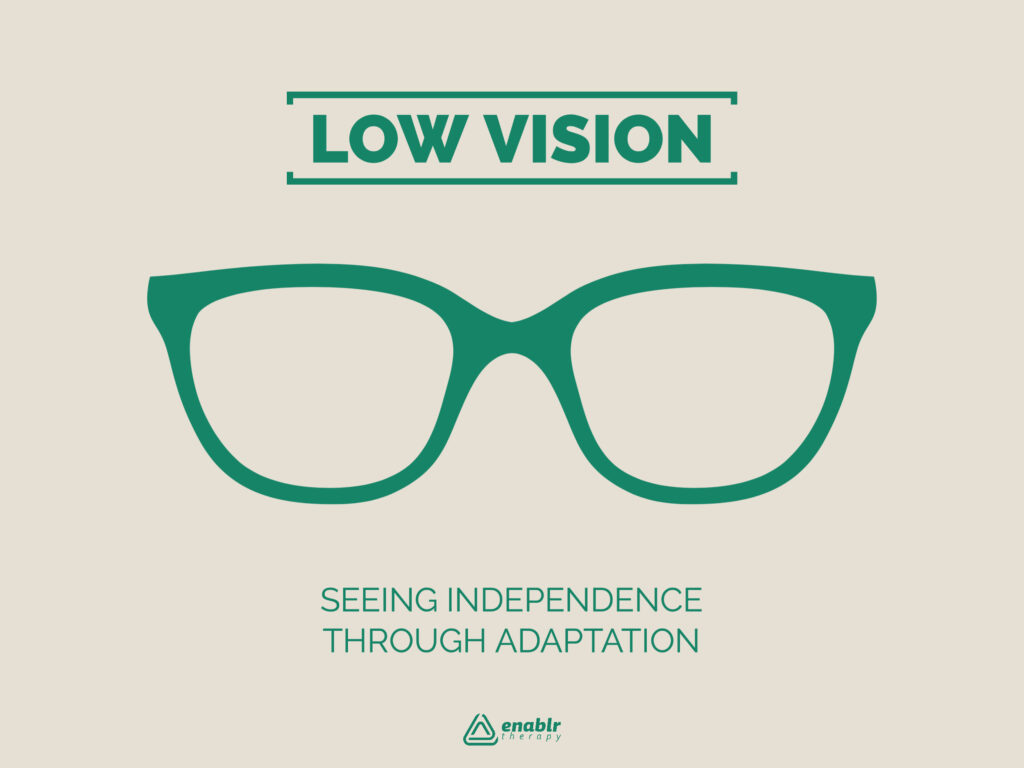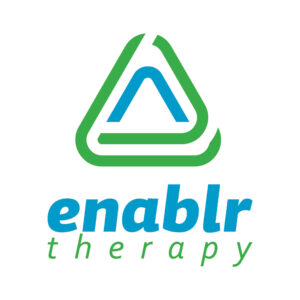 As we age, it is common to notice vision changes. Even those who never wore glasses may find themselves reaching for a pair of readers. However, for some people, vision changes due to eye conditions (such as macular degeneration, glaucoma or cataracts) can be significant and impact an individual’s ability to be independent.
As we age, it is common to notice vision changes. Even those who never wore glasses may find themselves reaching for a pair of readers. However, for some people, vision changes due to eye conditions (such as macular degeneration, glaucoma or cataracts) can be significant and impact an individual’s ability to be independent.Low Vision Tips and Tricks
In addition to seeing an eye doctor for treatment, modifications and accommodations can be made in the home to help enhance vision for increased safety and independence. Below are some tips and tricks.
- Clear Walkways and Add Rails: Pick up throw rugs, remove cords, and other objects that can be a trip hazard. Arrange furniture so that there are clear pathways to move about. Adding handrails along stairs and grab bars in the bathroom is also helpful.
- Maintain Good Lighting: Ensure that areas are well lit. Overhead lighting can help to reduce shadows and ensure things are evenly lit. Desktop lamps can be used for tabletop activities. Use motion sensor lights to illuminate hallways, bathrooms and closets for automatic lighting. Night lights can also be used for pathways at night. Clear shower curtains allow more light in the bathing area.
- Use Contrast and Colors: Apply paint or tape with a contrasting color to the edge of each step to increase visibility when going up and down stairs. Contraction colors on walls, floors, and furniture can also help when navigating the house.
When working, it is best to place dark materials on light surfaces and light materials onto dark backgrounds to provide more visual contrast. For instance, pour coffee into a white mug and milk into a dark glass. Or use a white cutting board when slicing green peppers and a dark cutting board when cutting onion.
In addition, use color-coded labels for organizing items. As an example, yellow labels could be used for medications taken in the morning and blue labels for medications taken at night.
- Store Items in an Organized and Consistent Location: Keeping items in the same place makes them easier to find. Organizing closets and cupboards by decreasing clutter and storing items only one row deep can make it easier to find things. Mark containers with large print labels. Ensure that frequently used items are easily accessible.
- Use Magnification Devices: Hand-held and desktop magnifiers can be used to view objects more closely as needed. Magnifying mirrors in the bathroom can help with personal care such as shaving and applying makeup. Installing magnification apps on your phone or tablet for on-the-go magnification.
- Access Assistive Technology: Apply accessibility settings on computers and phones to increase font size, contrast backgrounds, and activate text to speech functions. Large print, audio readers and virtual assistants such as Alexa, Siri, and Google assistant, and closed captioning on TVs can also allow for access to information and entertainment. In addition, virtual assistants can assist with turning on and off lights or other devices, setting thermostats or alarms, and locking or unlocking doors.
- Find Local Resources: There can be a variety of local resources available such as an audible library or loaner magnification equipment to try. Talk to your healthcare providers to see what may be available. Organizations like the Lions Club, VisionAware, National Federation of the Blind, and the American Foundation for the Blind are another good place to check. These organizations provide a variety of resources including support groups, informational resources, and more.
Occupational therapists specialize in empowering clients in everyday occupations (daily activities). By assessing the home environment for accessibility and providing individualized recommendations to minimize barriers, an occupational therapist can help a client be more independent and safe with daily activities.



